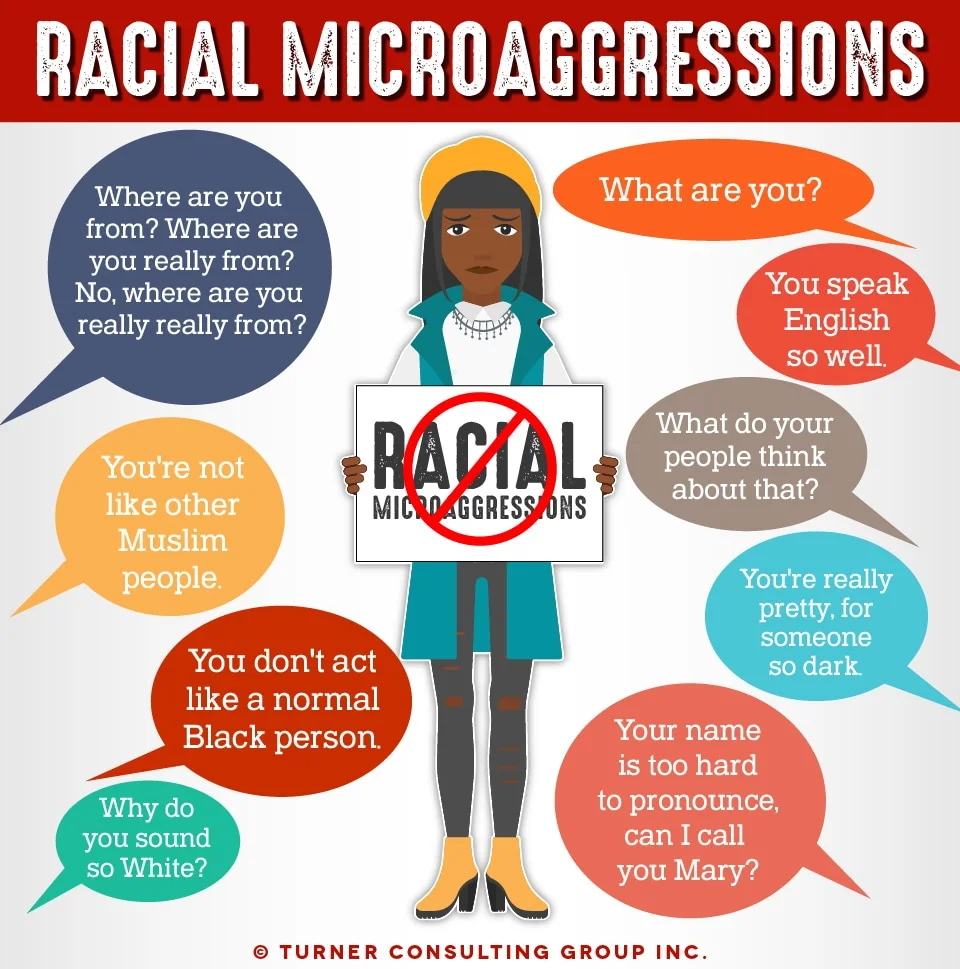5 things we can all do to create a more inclusive environment for black team members
Culture · Feb 26, 2020
Have you ever seen a culturally clueless advertisement and wondered how the heck it got approved by a room full of executives and then published in an actual magazine or aired on TV? More likely than not, the people participating in these reviews saw nothing inappropriate. From product development to executive sign off, this is the unfortunate effect of not only having people with diverse perspectives but also giving them the power to make decisions or have their opinions heard. In the United States, less than 10% of the Fortune 500’s leaders are Black, and only four Fortune 500 CEOs are Black. In the tech industry, specifically, these numbers are even more discouraging. According to thelatest data from the U.S. government, released in 2016, blacks made up 7 percent of the U.S. high-tech workforce and just 3 percent of the total Silicon Valley workforce. What’s worse? These statistics are not even available in Canada.
A study by Intel and Dalberg found that the tech industry “could generate an additional $300 to $370 billion each year if the racial/ethnic diversity of tech companies’ workforces reflected that of the talent pool. Moreover, the study finds that “For every 10 percent increase in racial and ethnic diversity on the senior-executive team, earnings before interest and taxes rise 0.8 percent.” Another study conducted by McKinsey showed firms that place in the “top quartile for racial or ethnic diversity” are 35 % more likely to have higher financial gains.

With this data, TELUS Digital is working on creating a more diverse and inclusive team. However, team members recognize that it’s a continuous journey and not one that can be solved overnight. There is more we can do to increase the representation of black team members, either through hiring or career development. Below are five things we can do right now:
Reach us where we’re at. Consider placing job postings on websites and with recruiters that target black people in technology, like Blred or BPTN. If we post job ads where qualified black candidates are more likely to see them, they are more likely to apply...duh.
Make it a priority. Following in the footsteps of Pinterest, Facebook and Google, publishing statistics on the gender and racial composition of our team will help us to be transparent not only with ourselves but also with our customers and potential candidates. Making this data publicly available will no doubt make it a key performance indicator for our team and will cause us to strive towards improvement.
Insist on a diverse interview panel. Now that we’ve got job postings in new places to reach new candidates and we’re making it a priority to bring in more black candidates, we need to improve our interview panels. As a hiring manager, include some interviewers that don’t look like you. Ask someone from another team to participate in your interview panel if the current team lacks diversity.
Assess your assessment. Think about how you assess candidates, especially when it comes to culture fit. Now that your diverse interview panel has conducted the interview, it’s time to rank the candidates. Think objectively about what it means to be a “culture fit.” Does it mean they are or are not like you and the rest of the current team? Does it mean they relate to the same pop culture references, must they enjoy similar cuisine and beverages because the team likes to celebrate with dinner and drinks at a nearby pub? Challenge yourself to think of what a person can add to your culture rather than assimilate. Does this person have the potential to learn from me and vice versa? Is he/she/they coachable? Do they demonstrate TELUS’ core values? If the answer is yes, that’s the only culture that matters!
Listen and learn. You’ve conducted a fair assessment of the candidates, you’ve made an offer, and the candidate has accepted! Now the real work begins. How can you keep your new racially diverse team engaged? By listening and learning. Make a conscious effort not to dismiss opinions and perspectives simply because they differ from your own. Don’t expect your new team member to be just like you, speak like you, be as vocal or non-vocal as you are in meetings. Don’t expect them to use the same words that you do but actively seek out opportunities to abdicate the time and space more easily afforded to you to allow their voices to be heard. If Gucci had done this, they probably would never have released thatsilly turtleneck.
Did we say there were five ways? Finally, the most important thing we can all do right now is to be an ally for our black colleagues, we are more alike than we are different. When you see something that seems unethical or something unfair, whether you overhear a microaggression, see a macro-aggression, or witness overt prejudice, say something about it, and let’s support each other in listening and learning why these are not okay.
Despite the advertising debacles mentioned above and the poor representation in leadership positions overall and in tech specifically, undeniably, race relations have improved compared to a century ago.
Although we’ve come a long way, we encourage team members to work towards creating a more diverse and inclusive tech community. We hope you’ll be able to incorporate these six simple tips to ensure all team members, including black team members, feel comfortable to build great products and voice their opinions when something feels wrong.
In an earlier version of this blog post, we did not properly credit Turner Consulting Group for the above graphic, and we altered the graphic to better suit TELUS’ brand guidelines. That was wrong, and for that, we have apologized to Turner Consulting Group. We are reposting the blog with the original, unaltered image from Turner Consulting Group.



